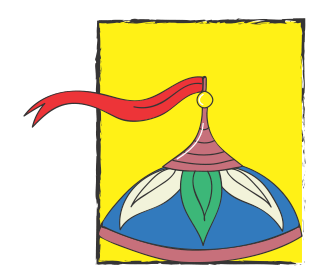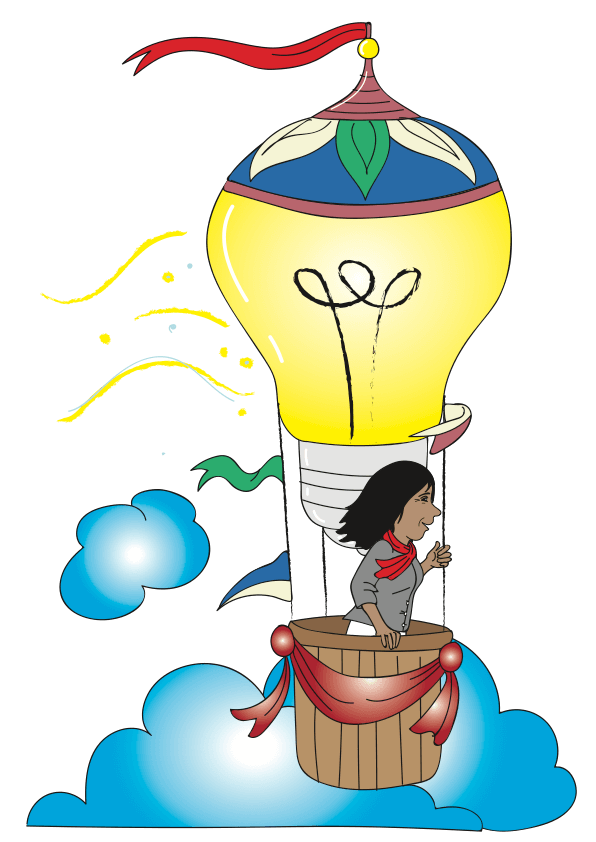ABC OF INQUIRY – CONCEPTS
ABC OF INQUIRY – CONCEPTS “You must understand the whole of life, not just one little part of it.”Jiddu Krishnamurti, philosopher. Concepts allow us to glimpse ideas that travel across time, space and place.
CONCEPTS: Once upon time, in a place…
Concepts are big ideas that go beyond the specifics of a particular time, place or topic. The ideas are abstract and cross topics, subjects and facts. Thinking conceptually enables people to see how the ideas, facts, experiences, skills and perspectives they hold, are transferrable and useable in whole range of new places, situations and times.
Schools were formed on the concept of production, ideas that were transferred from factory floors and other places of manufacture. As times and the world continues to change, learning needs to be viewed through the concept of adaptability rather than production.
If we look at numbers and letters through the lens of “systems”, we can see that the marks we use for specific purposes are organised to represent values, to create common and shared languages that many people can comprehend and use to problem solve and problem pose. Learning becomes richer, more transferable and enables the learners to become more adaptable across many places, times and situations. By exploring letters and numbers through the lens of systems we are setting the foundations for younger learners learning their alphabet to communicate their ideas or how to count to become algebraic thinkers. Learners will come to understand that algebra is just a system of marks used to represent unknown values, or a system that helps us solve problems using letters and numbers to represent different values. Learners will have the opportunity to see that common marks have shared meanings that can be used to express or receive messages.

Concepts take learning from a two dimensional level of knowledge and facts, to a three dimensional experience that leads to knowledge, skill development and understanding that is transferrable to real world situations across subjects, time and place.


